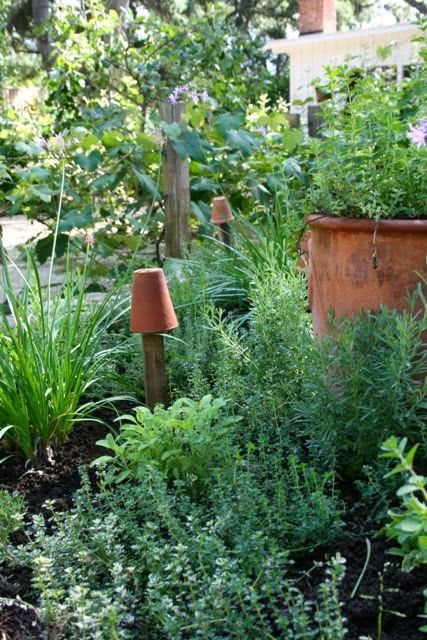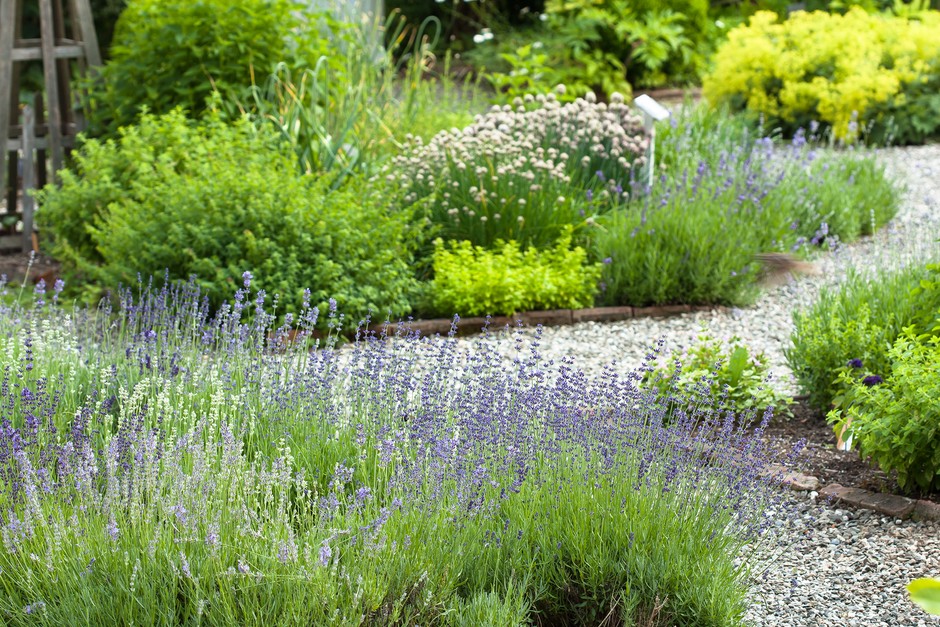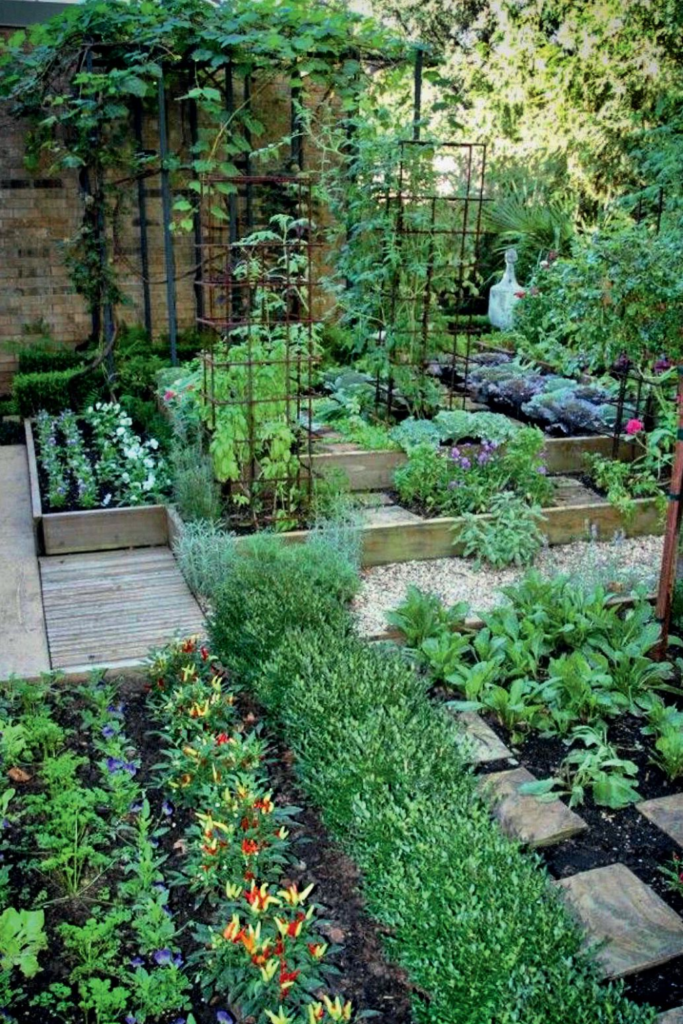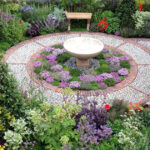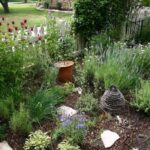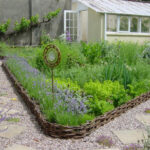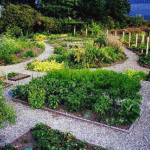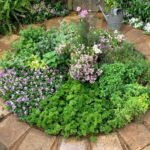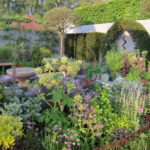When it comes to designing an herb garden, there are a few key factors to consider in order to create a beautiful and functional space. The first step is to determine the location of your herb garden. Herbs typically thrive in a sunny spot with well-drained soil, so be sure to choose a location that receives at least 6-8 hours of sunlight per day.
Next, consider the layout of your herb garden. You can choose to plant your herbs in traditional rows or create a more informal design with curved or zigzagging paths. It’s also important to consider the size of your garden and the amount of space each herb will need to grow. Be sure to leave enough room between plants to allow for proper air circulation and prevent overcrowding.
When it comes to selecting which herbs to plant, consider both your culinary preferences and the climate in which you live. Some popular herbs to include in an herb garden are basil, thyme, rosemary, mint, and sage. It’s also a good idea to plant a variety of annual and perennial herbs to ensure a continuous harvest throughout the growing season.
In terms of aesthetic design, you can get creative with the materials you use for edging and pathways in your herb garden. Consider using natural materials like stone, gravel, or wood to create a visually appealing and functional space. You can also add decorative elements like trellises, arbors, or hanging baskets to add interest and dimension to your herb garden.
To keep your herb garden looking its best, be sure to regularly prune and harvest your herbs to encourage healthy growth. It’s also important to keep an eye out for pests and diseases that can affect your plants, and take action to address any issues as soon as they arise. With a well-designed herb garden, you’ll be able to enjoy fresh herbs for cooking and medicinal purposes all season long.
 yishifashion Where Outdoor Dreams Become Reality
yishifashion Where Outdoor Dreams Become Reality
